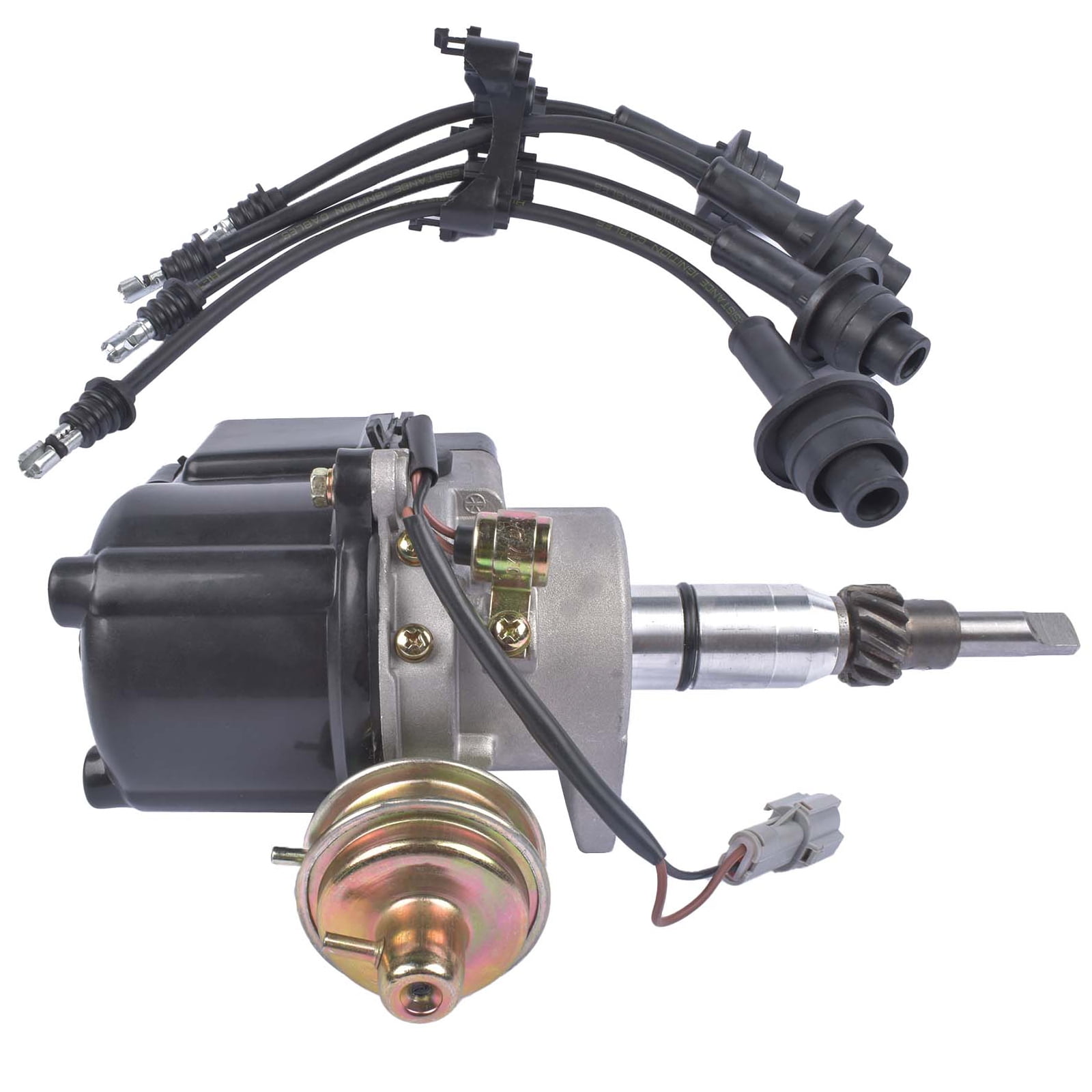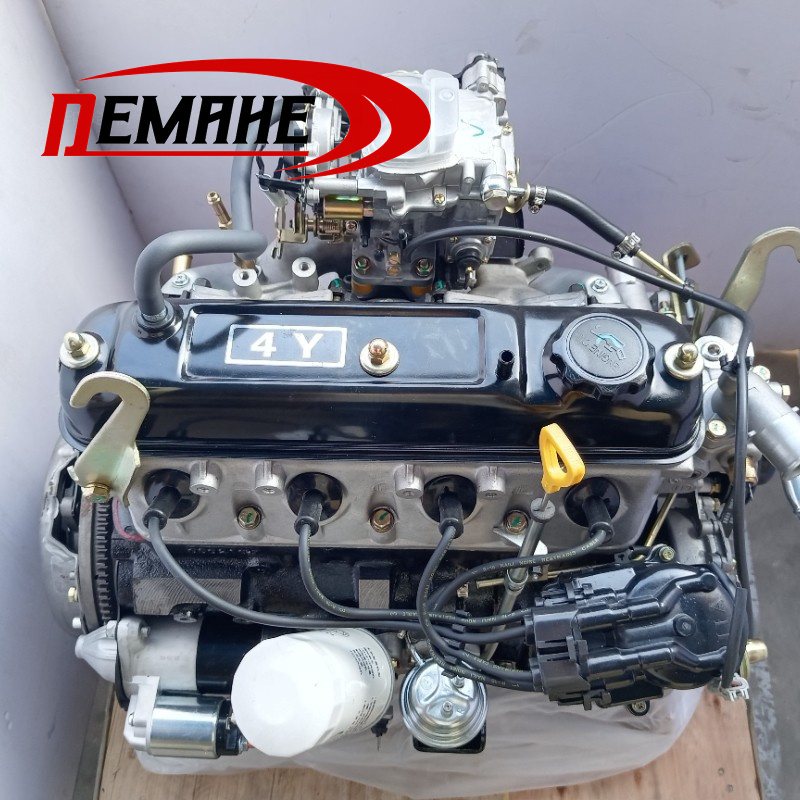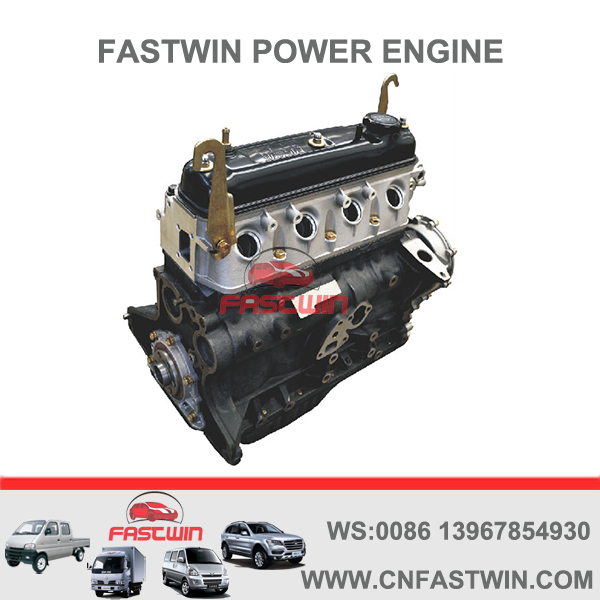How to Ensure Proper Care for Your 4Y Engine to Avoid Expensive Repairs
How to Ensure Proper Care for Your 4Y Engine to Avoid Expensive Repairs
Blog Article
Why the Engine Is the most effective Selection for Efficiency and Efficiency in Your Auto
The engine stays a pivotal element in vehicle layout, mostly due to its considerable influence on both efficiency and performance. As advancements in modern technology enable smaller engines to provide remarkable power while maximizing fuel economic situation, the integration of features such as turbocharging and hybrid systems ends up being progressively important.
Understanding Engine Types
Understanding the numerous sorts of engines is crucial for enhancing efficiency and performance in vehicle layout. The primary engine types include inner combustion engines (ICE), electrical engines, and hybrid systems, each offering distinctive advantages and restrictions.
Inner combustion engines, which can be additional classified into gas and diesel variations, count on the burning of fuel to produce power. Fuel engines commonly offer higher RPMs and much better acceleration, while diesel engines are known for their torque and gas performance, making them optimal for durable applications.
Electric engines, on the various other hand, utilize electric motors powered by batteries or fuel cells. They supply instant torque distribution, causing smooth acceleration and lower discharges. The effectiveness of electrical engines is considerably greater than that of ICEs, making them a popular choice for eco-conscious consumers.
Crossbreed systems incorporate both internal burning and electrical engines, leveraging the strengths of both innovations. They enhance gas consumption by utilizing electrical power at lower speeds and switching over to gas or diesel for higher rates or heavier loads.
Choosing the appropriate engine type is vital for accomplishing desired efficiency metrics and ecological sustainability in contemporary vehicle engineering.
The Influence of Engine Size
Engine size often plays a critical duty in identifying a vehicle's efficiency and effectiveness. Usually gauged in liters or cubic centimeters, engine dimension directly influences the power result and torque qualities of a car.
Nevertheless, raised engine dimension typically associates with decreased fuel efficiency. Smaller sized engines can deliver adequate performance for daily driving while advertising far better efficiency, making them a prominent selection in mid-size and small vehicles.
Additionally, innovations in engine style, such as turbocharging and direct gas shot, allow smaller engines to achieve power levels comparable to their bigger counterparts. This fad highlights the importance of not exclusively concentrating on engine size but likewise taking into consideration total vehicle design and modern technology (4y engine). Ultimately, the influence of engine dimension on performance and performance emphasizes the demand for customers to examine their particular driving requirements and preferences when selecting a vehicle
Advanced Engine Technologies
Developments in engine technologies have dramatically reshaped the landscape of vehicle efficiency and performance, structure upon the fundamental ideas developed by engine size. Notably, improvements such as turbocharging and direct gas injection have actually allowed smaller sized engines to provide power degrees formerly associated with bigger equivalents. Turbochargers press air entering the engine, permitting enhanced power outcome without a matching increase in engine dimension, while direct shot optimizes fuel distribution, boosting combustion efficiency.
Furthermore, variable shutoff timing systems have actually arised as a critical technology, enabling engines to this contact form change shutoff procedure based upon driving problems. This adaptability boosts both performance throughout acceleration and fuel performance during travelling. Hybrid and electrical engine modern technologies further highlight the shift in automobile design, incorporating traditional interior burning engines with electric motors to optimize effectiveness while minimizing emissions.
Additionally, innovations in materials scientific research have actually caused lighter, extra long lasting engine components, further boosting performance and durability. The assimilation of innovative electronic devices and engine control devices likewise allows for real-time modifications, making sure optimal efficiency across different conditions. Jointly, these innovative engine technologies not just boost car efficiency but likewise add to an extra sustainable automotive future, showing the ongoing development of engine layout.
Harmonizing Power and Effectiveness
Striking a balance between power and effectiveness is critical in contemporary automotive design as manufacturers seek to fulfill progressively rigid discharges laws while satisfying consumer need for performance (4y engine). The challenge depends on maximizing engine attributes to provide robust power output without giving up fuel economic climate
To attain this equilibrium, engineers employ numerous methods, such as turbocharging, which boosts engine power forcibly in even more air, permitting a smaller sized engine displacement that improves gas performance. Variable shutoff timing modern technologies additionally play a significant role, making it possible for engines to readjust their performance attributes based upon driving conditions, consequently boosting both power and effectiveness.
Furthermore, improvements in products and manufacturing techniques have led to lighter engine components, which minimize overall automobile weight and improve gas performance without compromising power. Crossbreed modern technologies have additionally arised as a feasible service, integrating typical internal combustion engines with electric powertrains to supply a boost in performance while preserving reduced emissions.

Future Trends in Engine Design

Furthermore, the development of sophisticated materials, such as high-strength alloys and light-weight compounds, is established to reinvent engine elements. These materials not just decrease weight but also boost thermal effectiveness, thus optimizing performance. Additionally, manufacturers are exploring variable compression ratios, allowing engines to adjust to various driving conditions, enhancing both power output and gas economic situation.
Further, the increase of artificial knowledge and device discovering in engine design is enabling predictive upkeep and real-time performance optimization. This technology can bring about engines that self-adjust for optimal efficiency based on driving patterns.

Final Thought
In conclusion, the engine serves as a critical element in accomplishing optimal performance and performance in contemporary vehicles. The interaction in between engine size and design proceeds to advance, driving advancements that balance exhilarating performance with ecological sustainability.
In addition, advancements in engine style, such as turbocharging and straight fuel shot, permit smaller engines to achieve power degrees comparable to their larger counterparts.Technologies in engine technologies have actually significantly reshaped the landscape of vehicle efficiency and performance, structure upon the foundational ideas established by engine dimension. Turbochargers press air getting in the engine, enabling for enhanced power result without an equivalent increase in engine size, while direct shot maximizes fuel distribution, enhancing burning performance.
Hybrid and electric engine innovations even more illustrate the change in automotive layout, integrating traditional interior combustion engines with electrical motors to optimize performance while reducing emissions.
Collectively, these sophisticated engine innovations not just enhance automobile performance but also contribute to a hop over to these guys much more sustainable automotive future, demonstrating the ongoing development of engine design. (4y engine)
Report this page